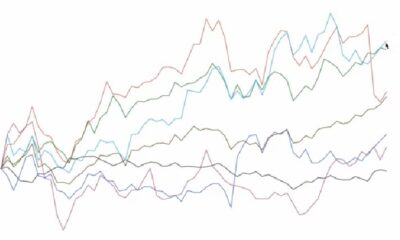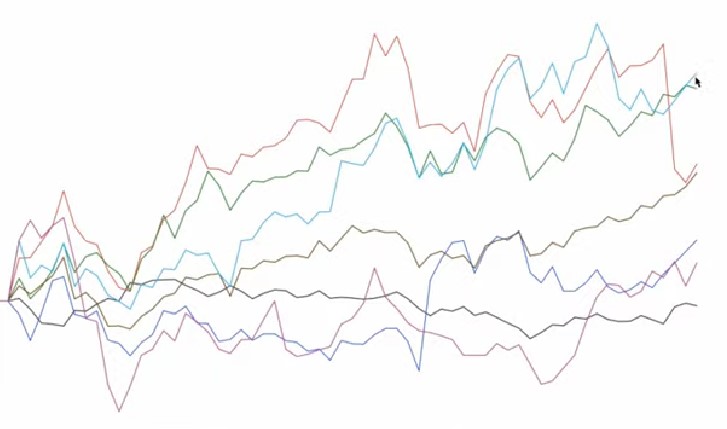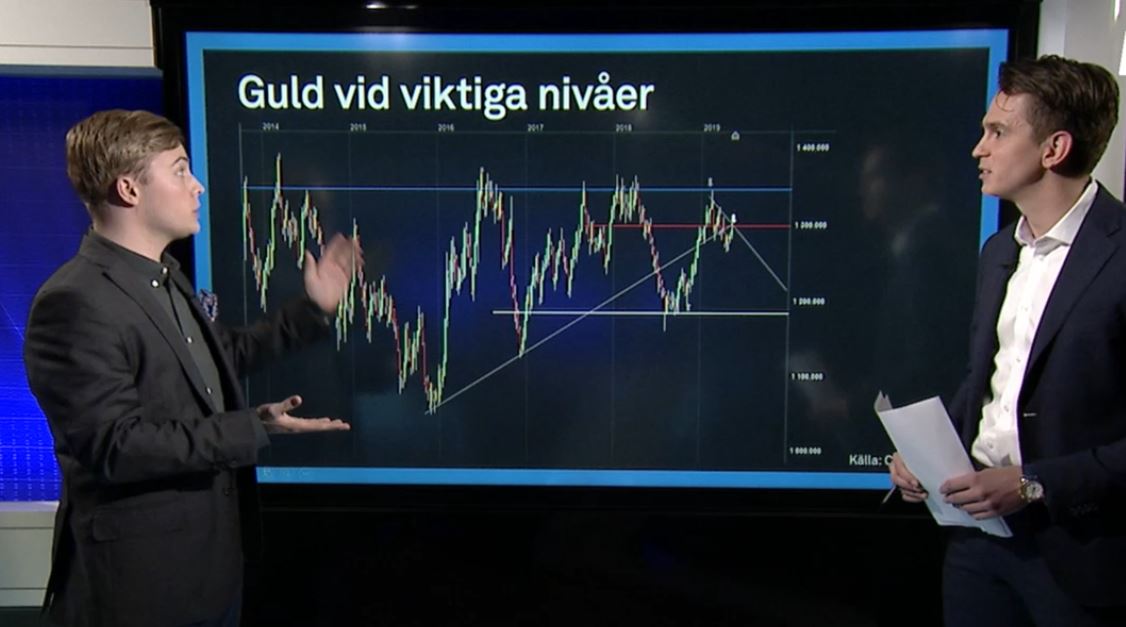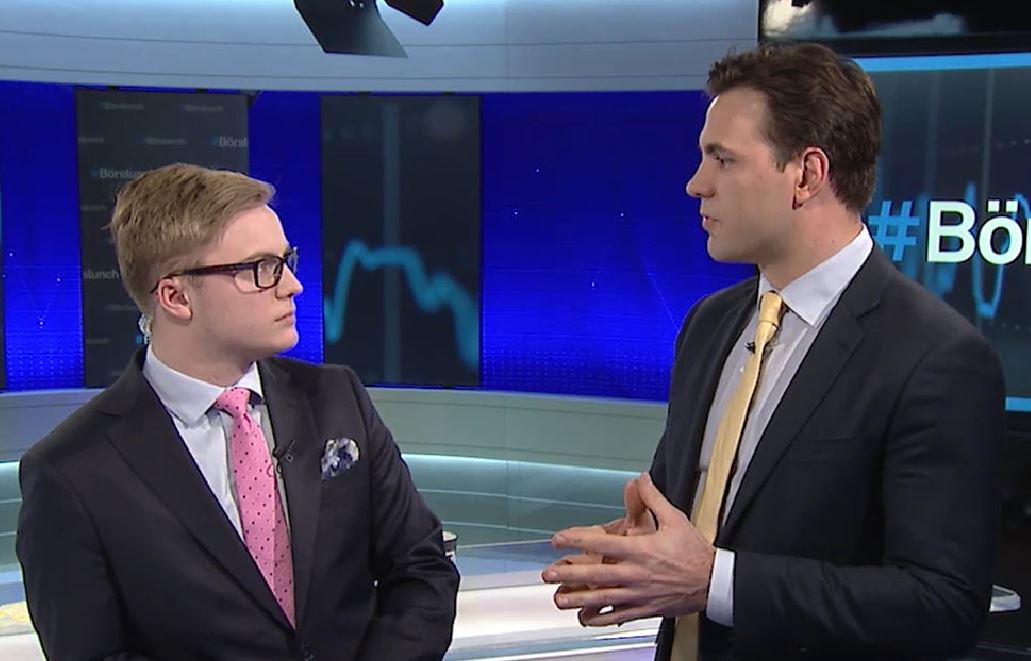Analys från DailyFX
USD/CHF Technical Analysis: Swissy Breakout Stalls at Six-Year-Highs
To receive James Stanley’s Analysis directly via email, please sign up here.
Talking Points:
- USD/CHF Technical Strategy: Swissy finally found the strength to break above prior resistance at 1.0176 after last week’s FOMC announcement.
- The Fed-induced top-side breakout sent USD/CHF up to fresh six-year highs; but resistance showed-up shortly thereafter and price action has been unable to break above this level on subsequent attempts.
- If you’re looking for trading ideas, check out our Trading Guides.
In our last article, we looked at the continued struggle in USD/CHF as the pair battled with resistance at the 1.0176-level. This is the 50% Fibonacci retracement of the major move in USD/CHF spanning from the top in 2005 to the lows of 2011; and when re-approaching this level on November 23rd, the momentum in USD/CHF was relatively strong. But as buyers continued to push price action up to resistance, sellers continued to show-up; and it wasn’t until three weeks later around the Federal Reserve’s December rate hike that the pair finally found the gumption to break-above.
When the Fed hiked rates while making hawkish adjustments for the next few years, USD-strength became a pervasive theme. This finally sent the Swissy above this resistance at 1.0176, with price action running-up to test the six-year high in the pair at 1.0328. And while we did technically make a new-high with price action running-up to 1.0344; sellers showed-up fairly quickly to reverse turn that top-side breakout into false-breakout.
This puts USD/CHF in an uncomfortable position. Yes – the trend is still bullish; but with so much respect of longer-term resistance and so many reactions over the past month, traders would likely want to take notice of the increased activity of sellers while we’re trading above the parity-figure. For those looking to voice long-USD continuation trades, there are likely better markets to do it (like USD/JPY); and probably better times to look to do so (not around holidays, year-end flows).
On the flip-side, for those looking for short-USD exposure – they’re taking the risk of fading a really aggressive trend that, at least at this point, has shown little sign of slowing down. Combine this with the fact that Swissy did technically make a higher-high after that Fed-induced breakout, and there are simply not enough signs to indicate reversal to yet make this a work-able idea.
For traders looking at bullish USD/CHF setups, support showing at the prior zone of resistance around 1.0175 could be interesting. To take a less-aggressive stance on the pair, support could be sought-out at the zone from parity-to-1.0050. Either of these levels could allow for the establishment of a longer-term ‘higher-low’ in the effort of trading top-side continuation strategies.
Chart prepared by James Stanley
— Written by James Stanley, Analyst for DailyFX.com
To receive James Stanley’s analysis directly via email, please SIGN UP HERE
Contact and follow James on Twitter: @JStanleyFX
Analys från DailyFX
EURUSD Weekly Technical Analysis: New Month, More Weakness
What’s inside:
- EURUSD broke the ‘neckline’ of a bearish ‘head-and-shoulders’ pattern, April trend-line
- Resistance in vicinity of 11825/80 likely to keep a lid on further strength
- Targeting the low to mid-11600s with more selling
Confidence is essential to successful trading, see this new guide – ’Building Confidence in Trading’.
Coming into last week we pointed out the likelihood of finally seeing a resolution of the range EURUSD had been stuck in for the past few weeks, and one of the outcomes we made note of as a possibility was for the triggering of a ’head-and-shoulders’ pattern. Indeed, we saw a break of the ’neckline’ along with a drop below the April trend-line. This led to decent selling before a minor bounce took shape during the latter part of last week.
Looking ahead to next week the euro is set up for further losses as the path of least resistance has turned lower. Looking to a capper on any further strength there is resistance in the 11825-11880 area (old support becomes new resistance). As long as the euro stays below this area a downward bias will remain firmly intact.
Looking lower towards support eyes will be on the August low at 11662 and the 2016 high of 11616, of which the latter just happens to align almost precisely with the measured move target of the ‘head-and-shoulders’ pattern (determined by subtracting the height of the pattern from the neckline).
Bottom line: Shorts look set to have the upperhand as a fresh month gets underway as long as the euro remains capped by resistance. On weakness, we’ll be watching how the euro responds to a drop into support levels.
For a longer-term outlook on EURUSD, check out the just released Q4 Forecast.
EURUSD: Daily
—Written by Paul Robinson, Market Analyst
You can receive Paul’s analysis directly via email bysigning up here.
You can follow Paul on Twitter at@PaulRobinonFX.
Analys från DailyFX
Euro Bias Mixed Heading into October, Q4’17

Why and how do we use IG Client Sentiment in trading? See our guide and real-time data.
EURUSD: Retail trader data shows 37.3% of traders are net-long with the ratio of traders short to long at 1.68 to 1. In fact, traders have remained net-short since Apr 18 when EURUSD traded near 1.07831; price has moved 9.6% higher since then. The number of traders net-long is 15.4% lower than yesterday and 16.4% higher from last week, while the number of traders net-short is 0.4% higher than yesterday and 10.5% lower from last week.
We typically take a contrarian view to crowd sentiment, and the fact traders are net-short suggests EURUSD prices may continue to rise. Positioning is more net-short than yesterday but less net-short from last week. The combination of current sentiment and recent changes gives us a further mixed EURUSD trading bias.
— Written by Christopher Vecchio, CFA, Senior Currency Strategist
To contact Christopher Vecchio, e-mail cvecchio@dailyfx.com
Follow him on Twitter at @CVecchioFX
To be added to Christopher’s e-mail distribution list, please fill out this form
Analys från DailyFX
British Pound Reversal Potential Persists Heading into New Quarter

Why and how do we use IG Client Sentiment in trading? See our guide and real-time data.
GBPUSD: Retail trader data shows 38.2% of traders are net-long with the ratio of traders short to long at 1.62 to 1. In fact, traders have remained net-short since Sep 05 when GBPUSD traded near 1.29615; price has moved 3.4% higher since then. The number of traders net-long is 0.1% higher than yesterday and 13.4% higher from last week, while the number of traders net-short is 10.6% lower than yesterday and 18.3% lower from last week.
We typically take a contrarian view to crowd sentiment, and the fact traders are net-short suggests GBPUSD prices may continue to rise. Yet traders are less net-short than yesterday and compared with last week. Recent changes in sentiment warn that the current GBPUSD price trend may soon reverse lower despite the fact traders remain net-short.
— Written by Christopher Vecchio, CFA, Senior Currency Strategist
To contact Christopher Vecchio, e-mail cvecchio@dailyfx.com
Follow him on Twitter at @CVecchioFX
To be added to Christopher’s e-mail distribution list, please fill out this form
-
Analys från DailyFX10 år ago
EUR/USD Flirts with Monthly Close Under 30 Year Trendline
-
Marknadsnyheter5 år ago
BrainCool AB (publ): erhåller bidrag (grant) om 0,9 MSEK från Vinnova för bolagets projekt inom behandling av covid-19 patienter med hög feber
-

 Marknadsnyheter2 år ago
Marknadsnyheter2 år agoUpptäck de bästa verktygen för att analysera Bitcoin!
-
Analys från DailyFX12 år ago
Japanese Yen Breakout or Fakeout? ZAR/JPY May Provide the Answer
-

 Marknadsnyheter2 år ago
Marknadsnyheter2 år agoDärför föredrar svenska spelare att spela via mobiltelefonen
-
Analys från DailyFX12 år ago
Price & Time: Key Levels to Watch in the Aftermath of NFP
-
Analys från DailyFX8 år ago
Gold Prices Falter at Resistance: Is the Bullish Run Finished?
-
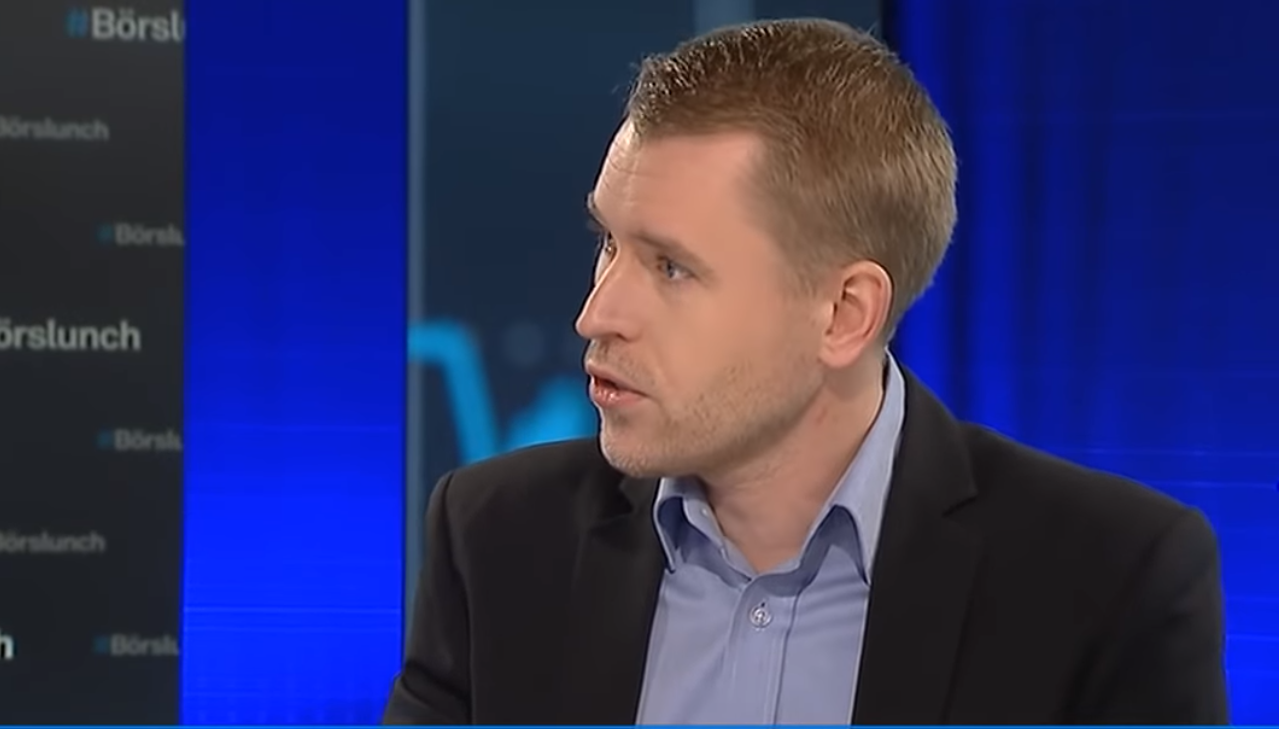
 Nyheter7 år ago
Nyheter7 år agoTeknisk analys med Martin Hallström och Nils Brobacke





